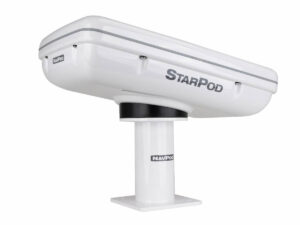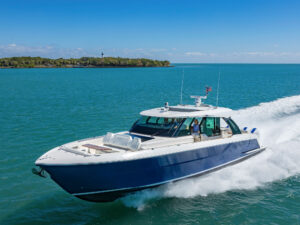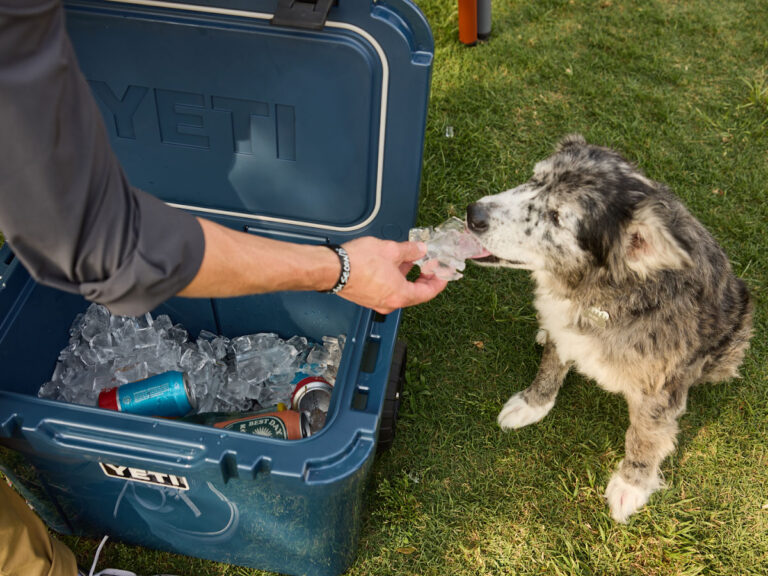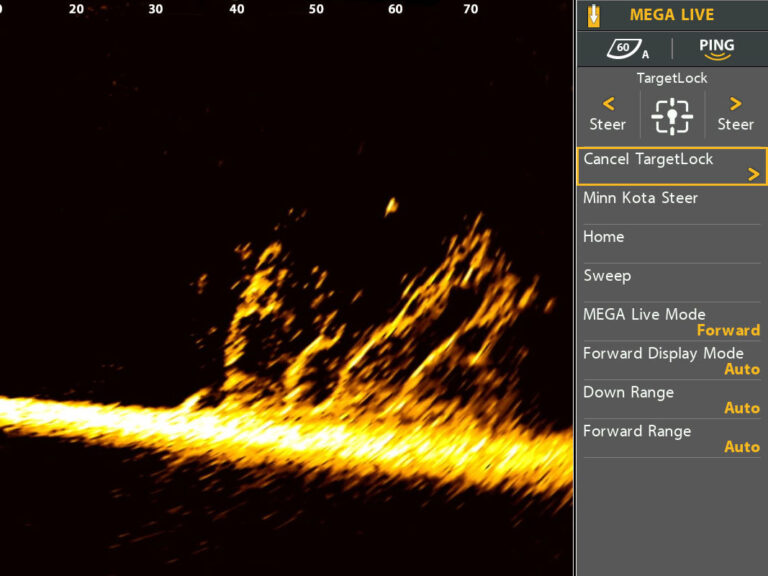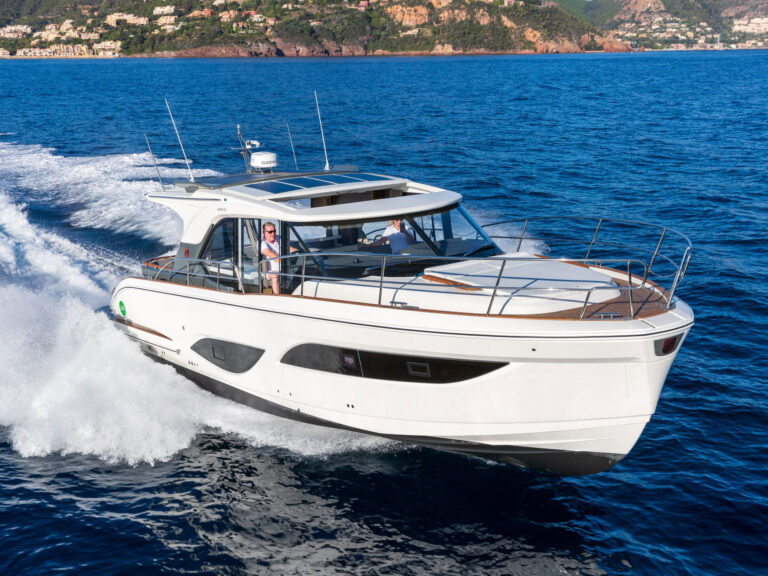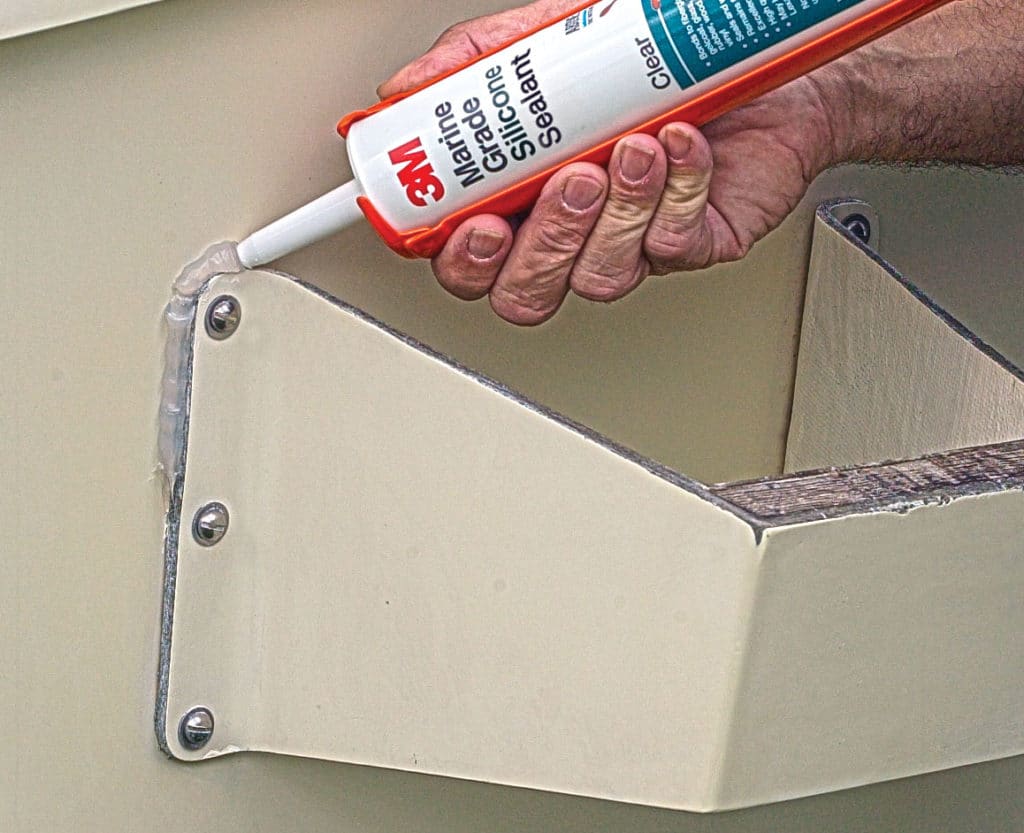
Leaks aboard are a headache, figuratively, of course. But selecting between myriad sealants and caulks at the marine hardware store might cause a literal headache. Before reaching for the OTC analgesic, consider what you’re trying to bond or seal, and select the right product based on its properties.
Polyurethane
Polyurethanes, like 3M 5200, are best for hardware above and below the waterline, like cleats and prop struts, with little need for removal in the future. Fast Cure 4200 from 3M, roughly half as tenacious as 5200, provides more than enough adhesion for most applications above or below the water but is more easily removed with a stiff putty knife. (Read about four solvents you can use to remove 5200 at boatingmag.com/marine-solvents-for-removing-5200.)
Polyether and SMP
Polyurethane yellows in the sun. Silane-modified polymers (SMP), like 3M 4000UV, and polyethers, like Star brite Boat Caulk or West Marine Multi-Caulk, offer good adhesion while still being removable, but UV rays won’t discolor them. Skin-over and cure times are similar to fast-cure polyurethane.

Polysulfide
BoatLife’s Life-Calk is the sole polysulfide on the market. Its flexibility, resistance to chemicals, gas and diesel, plus sunlight stability make polysulfide a good choice for bedding fuel fills and teak decks.
Silicone and Blends
Silicone is primarily a sealant — a flexible, sunlight-resistant gasket, not a glue. For waterproofing hardware that you know must come apart again someday, like navigation light fixtures, marine silicone products from 3M, Star brite, West Marine and BoatLife are hard to beat. BoatLife’s Life Seal is a blend of silicone for UV resistance and polyurethane for better adhesion. The 3M 3000UV is an SMP formulated for less adhesion, specifically for sealing.
Plastic and Paint Compatibility
Silicone can’t be painted; most other sealants can. But silicone is compatible with many plastics; other caulks may not be. Always read instructions and always test a sample first.

